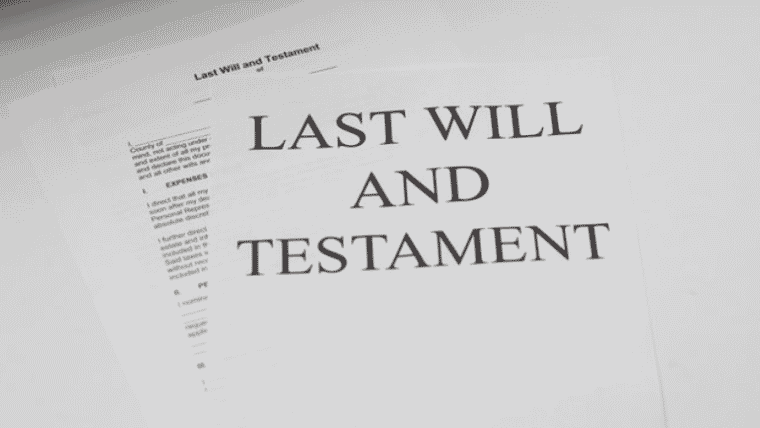Trusts are an essential part of the estate planning process. Though it can be hard to think about what will happen after we’re gone, planning ahead helps your loved ones significantly. The terms “wills” and “trusts” are sometimes used interchangeably; however, they are very different. Wills go to probate; trusts do not. If you’re ready to create a trust or learn more about them, here’s what you need to know.
Do I Need a Living Trust?
First: do you need a living trust? If you have property or other assets that you want to be distributed among your beneficiaries, then yes. If you did not previously set up a will, then under Texas law, all of your property that isn’t transferred through your living trust will go to your close relatives. In other words, your assets could be distributed to all of your close relatives, without regard to who gets certain items. Furthermore, this would eliminate assets being given to your friends and/or charities if that’s what you preferred.
How to Make a Living Trust
If you are ready to create a living trust in Texas, follow these steps:
- Determine whether you want an individual or shared trust: If you and your spouse either don’t own a lot of joint property together or own a lot of your assets individually, you’ll most likely benefit from an individual trust. A shared trust, on the other hand, is more geared to those who own the majority of their property together.
- Determine what goes into the trust: This includes anything from stocks to furniture to artwork to real estate. Other assets, such as your vehicle or retirement account, are a little tricky. This is why consulting with an experienced estate planning lawyer is critical to making sure you can add everything you want to your trust without hassle.
- Name a successor: This is the person who will be in charge of your trust after you pass away or if you become incapacitated, so you want to make sure it’s someone who’s up for the task. Your successor could be a spouse, family friend, relative, or trust company.
- Name beneficiaries: The person in charge of your assets will be responsible for discharging them to your designated beneficiaries. Figure out who you want to get which items. Then, list them in your trust so your successor can honor your wishes.
- Work with an estate planning attorney to create the trust: Once all of these steps are complete, you should call an experienced estate planning lawyer to help you create the document. They work with notaries to get your living trust signed. Furthermore, if you need any changes made to your living trust, your attorney can do that for you.
Do You Need Help Creating a Trust in Texas?
If you need to create a trust, the experienced estate planning lawyers at Vance E. Hendrix, P.C., Attorney At Law can help. Call us today at (903) 944-7800 to schedule a consultation.

